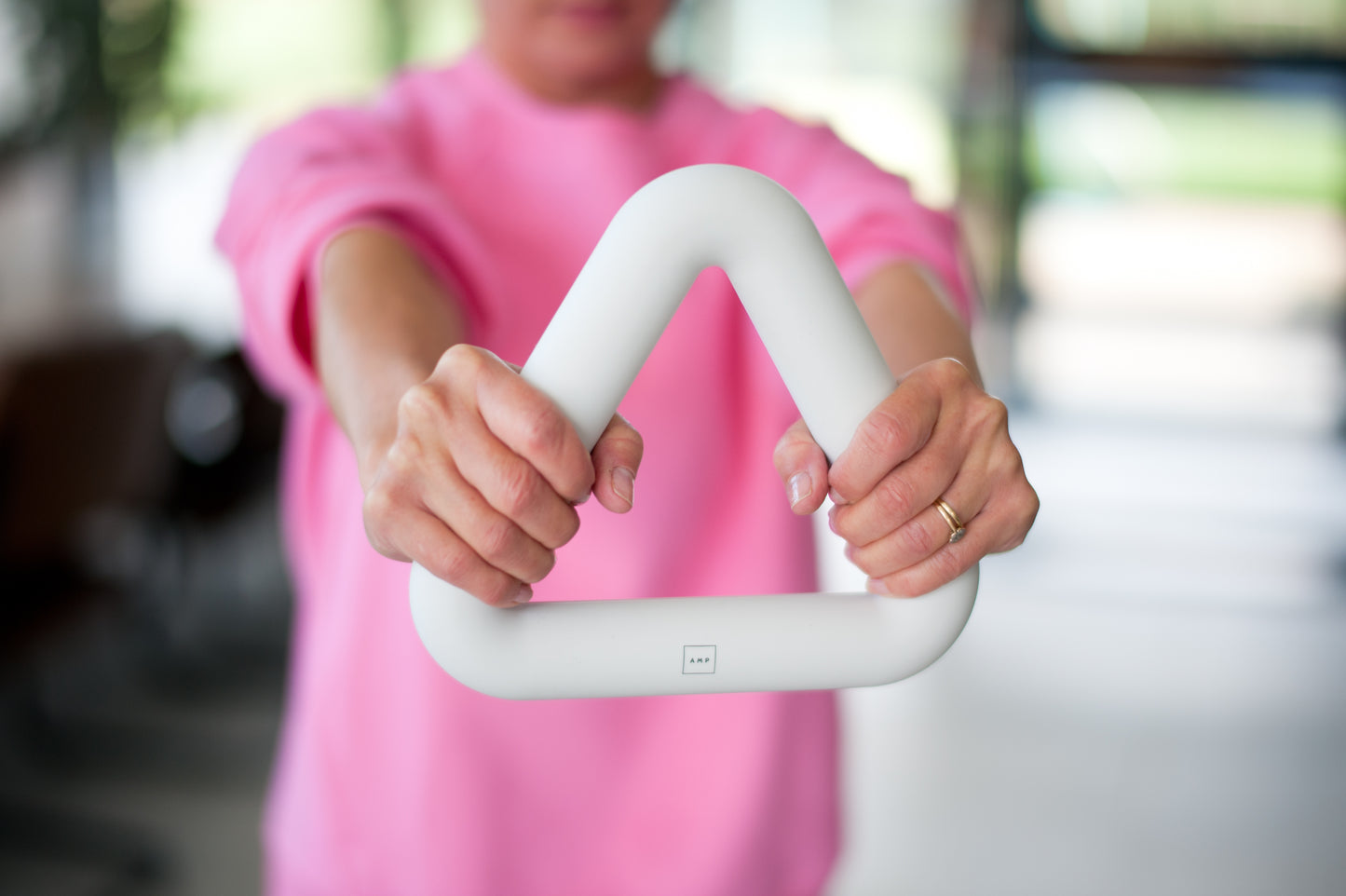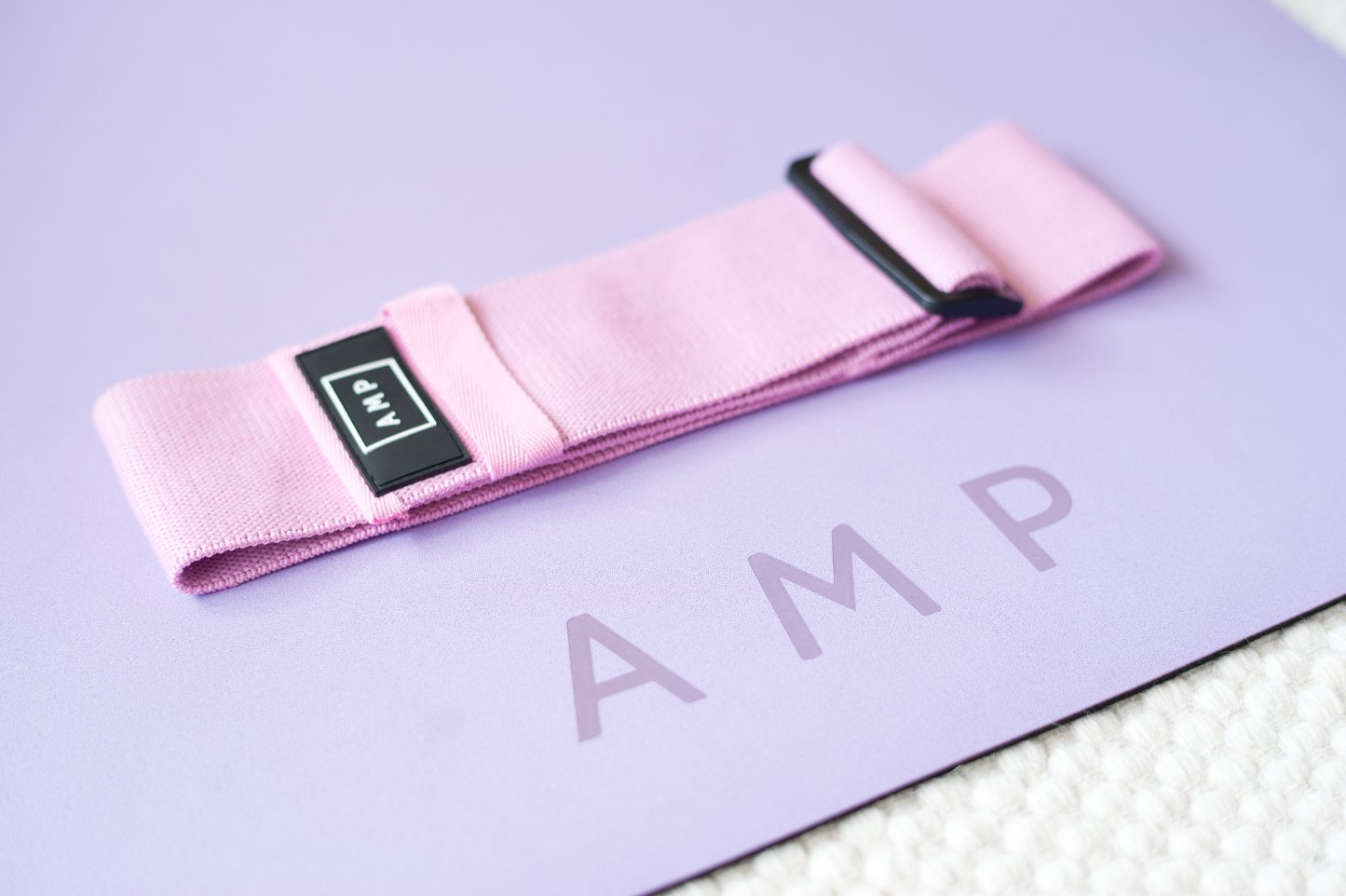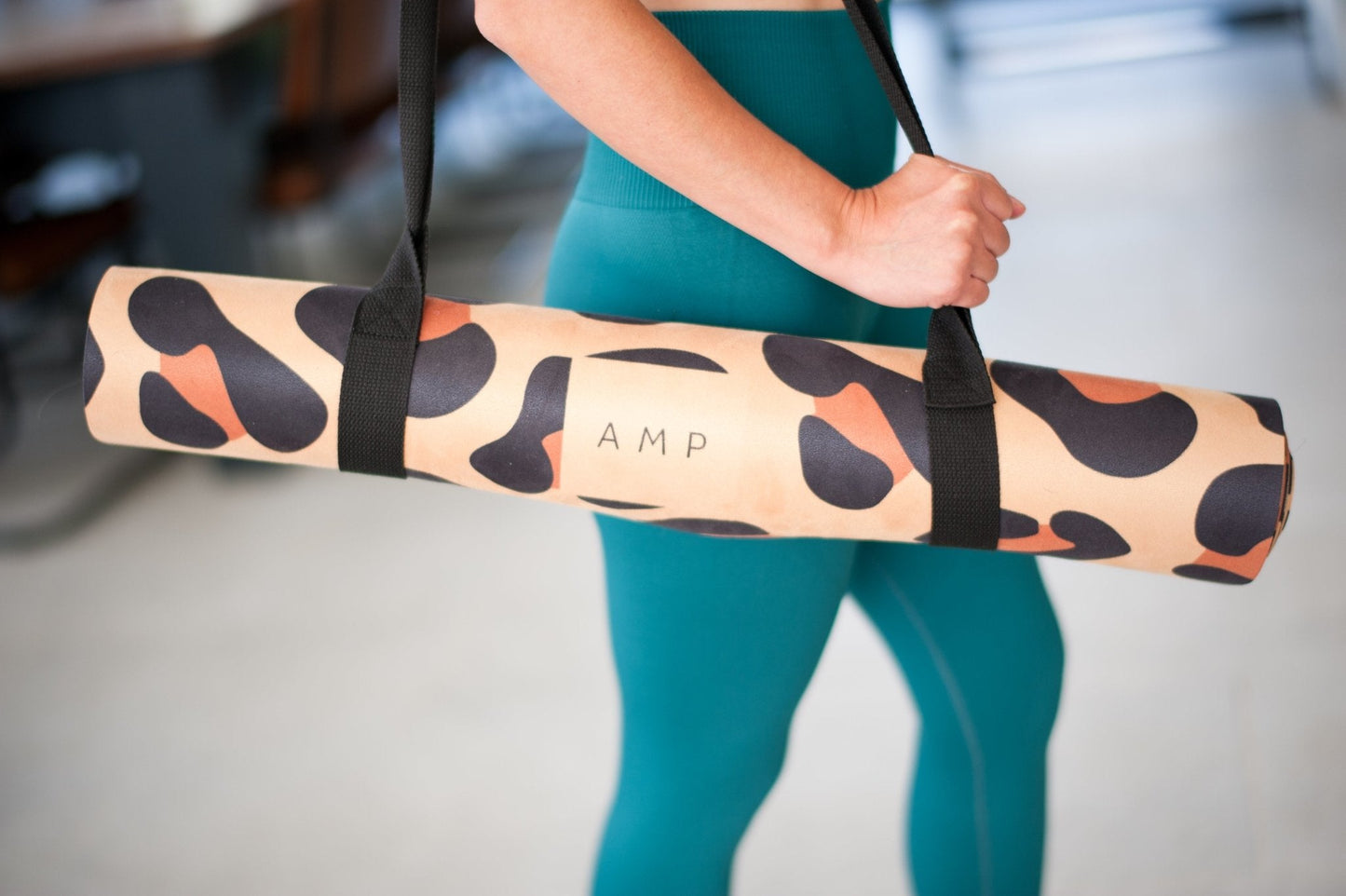Creating a home workout plan can be a great way to stay active and improve your overall fitness without needing a gym membership or expensive equipment. And what better time to get working on your health and fitness than the turn of the new year and heading into spring.
Often the most challenging thing is knowing where to start, especially if you’re new to working out. In this article, we'll provide a comprehensive guide on how to structure a home workout plan that includes both strength training and cardio exercises. But first, let’s find out a little more about these two types of exercises.

The benefits of strength training
Strength training, also known as resistance training, is a type of exercise that involves working against resistance to build muscle and improve overall strength. This can include using weights, resistance bands, or even your own body weight as resistance. Strength training is an important aspect of any workout plan, and there are many physical and mental benefits to incorporating it into your routine. Some of the benefits include:
- Increased muscle mass: Strength training increases muscle mass, which can lead to an increase in overall strength and power.
- Improved bone density: Strength training can help to improve bone density, which can reduce the risk of osteoporosis and other bone-related conditions.
- Increased metabolism: By increasing muscle mass, strength training can also help boost your metabolism which can lead to weight loss and improved overall health.
- Improved cardiovascular health: Strength training can improve cardiovascular health by increasing the strength and efficiency of the heart and lungs.
- Improved balance and coordination: Strength training can help to improve balance and coordination, which can reduce the risk of falls and injuries.
- Increased self-esteem: Strength training can help to increase self-esteem and body confidence by improving physical appearance and strength.
- Better mood: Strength training can also help to reduce stress and improve overall mental health.
The benefits of cardio
Cardiovascular exercise, also known as cardio, is a type of exercise that raises your heart rate and increases blood flow to the muscles and organs. The main goal of cardio is to improve cardiovascular fitness, which includes the health of your heart, lungs, and circulatory system.
Some examples of cardio exercises include:
- Running, jogging or sprinting
- Cycling
- Rowing
- Swimming
- Skipping rope
- Dancing
- High-Intensity Interval Training (HIIT)
Cardio is another important aspect of any workout plan and it offers many benefits to your overall health. Some of the benefits of cardio include:
- Improving cardiovascular health: Regular cardio exercise can help improve heart and lung function, lower blood pressure, and reduce the risk of heart disease and stroke.
- Burning calories: Cardio is an effective way to burn calories and lose weight.
- Improving mental health: Cardio has been shown to improve mood and reduce stress, anxiety and symptoms of depression.
- Improving endurance: Regular cardio can help improve endurance and overall fitness.
- Improving sleep: Cardio can also help improve sleep quality and insomnia.
- Increased energy levels: Cardio can help to increase energy levels, which can improve overall productivity and mood.
- Improved immune function: Cardio can help to improve immune function by increasing the number of immune cells in the body.
Overall, a well-rounded home workout routine includes both cardio and strength training, as they both provide different benefits and target different aspects of your health and fitness. Now you’ve learnt about the different benefits, it’s time to get planning your home workout routine! Here are our top tips on how to create an effective routine and maximise results.
1. Assess Your Fitness Level
The first step in creating a home workout plan is to assess your current fitness level. This will help you determine which exercises are appropriate for you and how much weight you should be lifting. Don’t feel bad about yourself if your fitness is very low, we all have to start somewhere. Just make sure to start with light weights and low-intensity cardio exercises, and gradually increase the weight and intensity of your workouts over time.
2. Set Specific Goals
Before you begin your home workout plan, it can help you achieve the best results if you set specific goals for yourself. This will help keep you motivated and on track. Common goals for strength training include increasing muscle mass, improving overall strength, and building endurance. For cardio, you might set goals such as increasing cardiovascular fitness, burning calories or losing weight. Whatever your goal, notice when you see some improvements and use that as motivation to keep going!
3. Create a Schedule
Once you've assessed your fitness level and set specific goals, it's time to create a schedule for your home workout plan. Exercising little and often is the best way to achieve long-term results - it's better to do a shorter workout 3-5 days a week than to do a long workout once or twice a week. This will help to keep your body active and promote muscle growth and strength gains. Often people work out too hard too soon or add too much cardio to their routines, which only leads to burnout. It's also important to schedule rest days to give your muscles time to recover.
4. Choose Your Exercises
When it comes to strength training, it's important to focus on exercises that target multiple muscle groups, such as squats, deadlifts, and push-ups. These exercises are known as compound exercises and are great for building overall strength and muscle mass. In addition to these exercises, you can also include isolation exercises, such as bicep curls, tricep extensions, and leg curls, to target specific muscle groups.
Add intensity to these exercises by incorporating equipment like dumbbells, kettlebells and barbells. AMP’s 2kg per weight strength bars are the perfect addition, helping increase resistance to tone, sculpt and shape your muscles.
For cardio, you can include exercises such as running, cycling, or jumping rope, as well as bodyweight exercises such as jumping jacks, burpees, or mountain climbers. These exercises are great for burning calories and improving cardiovascular fitness.
When adding cardio to your exercise routine, make sure to choose activities that you actually enjoy, otherwise, you might be put off entirely. Experts recommended aiming for at least 150 minutes of moderate-intensity cardio or 75 minutes of vigorous-intensity cardio per week, or a combination of both, so try to work your way up to this.
Increase Intensity Over Time
As your body adapts to your workout routine, it's important to increase the intensity and weight of your exercises.

This is known as progressive overload and will help to ensure your muscles continue to grow and get stronger. However, you don't need heavier weights to do this, you can achieve progressive overload by increasing the number of reps, or the number of sets. But always start with a weight that is comfortable for you, otherwise, you risk injury - remember, you have nothing to prove!
As you become more advanced, you can also try incorporating more advanced exercises and techniques, such as supersets, dropsets, and pyramid training.
Mix it Up
As you progress with your home workout plan, you might want to mix up your routine to prevent boredom and keep your body challenged. This can include trying new exercises or incorporating different types of training, such as circuit training or high-intensity interval training. If you’re stuck for ideas, there are some great (free!) home workout videos you could watch online as well as online fitness programmes you can subscribe to. Let us know your favourites!
Recovery

Recovery is a crucial aspect of any workout routine. Make sure to give your muscles enough time to recover, and don't forget to stretch before and after your workout. You can also use foam rollers, massage balls, and stretching bands to help relax your muscles.
AMP’s release and stretch foam roller is a great tool to support muscle recovery. When used regularly after exercise, it can help increase your range of motion, flexibility and mobility while boosting circulation and lymphatic flow to relieve inflammation and soothe your muscles.
Be Consistent and Track Progress
The key to achieving the best results from your home workout plan is consistency. It's important to stick to your schedule and make exercise a regular part of your routine, but staying motivated can be extremely challenging. Keeping track of your progress is one of the best ways to stay motivated as it can help you see how far you've come and how close you are to reaching your goals. You can track progress by taking measurements, such as body weight, body fat percentage, or muscle measurements, or by taking progress photos.

But remember, life happens and sometimes things don't go as planned. Be flexible and adaptable, and don't get discouraged if you miss a workout or two. Just get back on track and keep going!
Get Enough Sleep and Nutrition
Exercise is only one aspect of overall fitness. Without proper sleep and nutrition, all your hard work will be futile and you are likely to find exercising much more tiring and demotivating. To support your body and all the hard work it is doing, aim for at least 7-8 hours of sleep each night and eat a balanced diet that includes plenty of protein, carbohydrates, and healthy. Protein is especially vital, as it provides the building blocks to support new muscle growth and muscle repair.
Summary
In conclusion, creating a home workout plan that includes both strength training and cardio exercises is a great way to stay active and improve your overall fitness and health. By assessing your fitness level, setting specific goals, creating a schedule, and increasing the intensity and weight of your exercises over time, you can achieve the best results. Remember to be consistent, stay motivated and adaptable, and don't forget the importance of recovery, sleep, and nutrition in achieving your fitness goals. With a little bit of effort and dedication, you can create a home workout plan that works for you and helps you achieve your fitness goals. Good luck!

























































